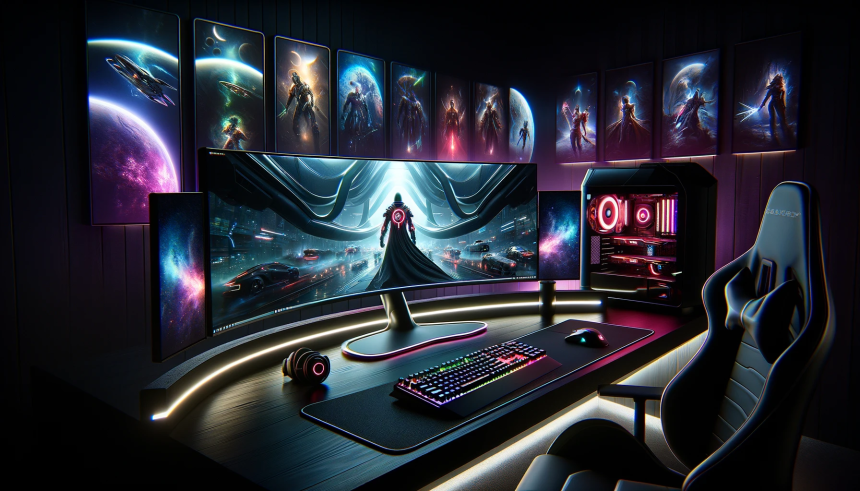The indie horror scene welcomes a compelling new title, “Mouthwashing,” developed by Wrong Organ and published by Critical Reflex. Set aboard the spaceship Tulpar, the game immerses players in a tense narrative that explores the psychological toll of a dire workplace scenario. Beyond its gripping story, “Mouthwashing” introduces innovative gameplay mechanics that aim to enhance the horror experience, distinguishing it from conventional titles in the genre.
“Mouthwashing” has garnered attention for its atmospheric storytelling and detailed environment design. Previously, indie horror games have struggled to balance narrative depth with engaging gameplay, often leaning heavily on one aspect. In contrast, “Mouthwashing” attempts to bridge this gap, although some elements of the gameplay have received mixed reviews. The game’s reception highlights the ongoing challenges indie developers face in creating balanced and cohesive horror experiences.
How Does “Mouthwashing” Stand Out in Narrative Horror?
The game excels in its storytelling, presenting a nonlinear narrative that shifts perspectives between characters Captain Curly and Jimmy. This approach deepens the emotional impact and provides a multifaceted view of the unfolding tragedy aboard the Tulpar. The absence of supernatural elements places the horror firmly in the realm of human drama, making the narrative more relatable and unsettling.
What Are the Strengths and Weaknesses of the Gameplay?
“Mouthwashing” features a mix of straightforward problem-solving and more complex interactive sequences. Players engage in various tasks, such as finding keys and solving puzzles, which are well-integrated into the story. However, certain gameplay elements, particularly towards the end of the game, have been criticized for being overly cumbersome and detracting from the overall experience. These inconsistencies highlight the delicate balance between narrative and gameplay in horror games.
How Does the Atmosphere Enhance the Horror Experience?
The game’s atmosphere is meticulously crafted, with the Tulpar’s environment reflecting the crew’s deteriorating situation. The use of lighting, cluttered spaces, and the absence of windows contribute to a claustrophobic and oppressive feeling.
The ugliness and inhumanity in the later stages of the story were always there, simmering and fermenting.
This attention to detail amplifies the sense of isolation and despair, making the horror elements more impactful.
“Mouthwashing” successfully creates a haunting atmosphere that complements its narrative strengths. While some gameplay aspects need refinement, the game’s ability to evoke emotional responses through its setting and story remains a standout feature. By focusing on character development and environmental storytelling, Wrong Organ delivers a memorable experience that resonates with players long after the game ends.
As indie horror continues to evolve, “Mouthwashing” sets a benchmark for narrative-driven experiences. Its blend of psychological horror and detailed world-building offers valuable insights for future game developers aiming to create immersive and emotionally engaging titles. The game’s reception underscores the importance of balancing story and gameplay to achieve a cohesive and compelling horror experience.










